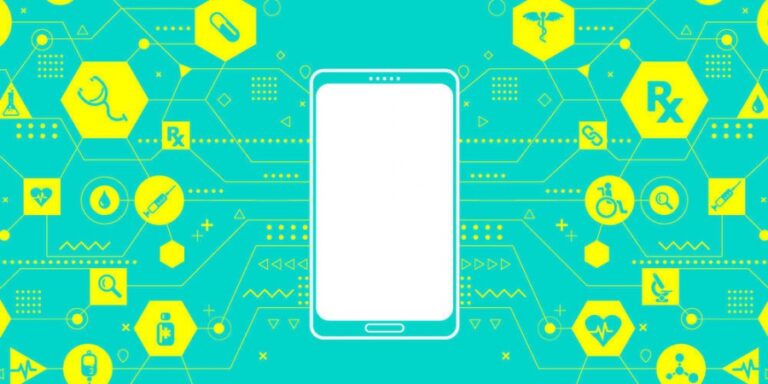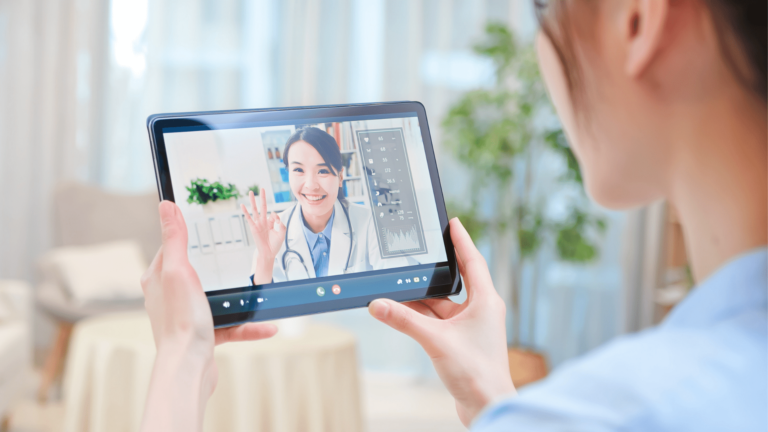Patients who present as low acuity have played an outsized role in the increasing volume of calls answered by fire and EMS agencies throughout the country. As first responder systems have become more strained, the benefits of telemedicine for low acuity patients have moved to the forefront as a viable option to help agencies identify and solve problems as they present themselves on the front lines of healthcare. In addition, patients who may not have an immediate need for treatment still benefit greatly from telemedicine intervention, and providing that capability improves outcomes for all parties involved in the interaction. Let’s explore three benefits of telemedicine for low acuity patients.
#1 Treatment in Place
The average wait time in high-volume hospitals is around six and a half hours, and most studies find at least 30% of ED visits categorized as non-urgent. In recent years, transporting patients to the ED has become more time-consuming for EMS crews, especially at high-volume hospitals. While crews may not be legally required to stay with their patient before them receiving a bed as long as the patient is stable, the situation created places additional strains and responsibility on EMS crews, who must determine when to leave if the ED is over capacity pushing their return to service out and leaving the service area a unit shorter than planned.
Rather than having your patients sitting in waiting rooms waiting for care, low acuity patients can often receive the same care from a doctor or nurse while the EMS crew is onsite at the point of contact with the patient. In addition, for crews who have the capability to treat in place with telemedicine, they can make the patient available to the doctor or nurse as the patient sits on their couch, eliminating not only the wait time at the hospital ED for the patient but also the travel and cleaning time need before the crew can return to service.
#2 Access to Appropriate Care
By leveraging telemedicine for low acuity patients, you’ll connect them to the right level of care they need for their condition. Patients transported to the emergency department will be seen by the physician on call, but they may be better served by seeing a medical professional more tailored to their complaint. EMS crews on site can provide real-time assessments and vitals monitoring to help understand the most beneficial treatment and whether a trip to the emergency department best serves the patient. Telemedicine in the field is a straightforward way for patients to receive faster and more appropriate care tailored to their needs.
#3 Interconnected Resources
Should a patient need care outside the scope of traditional medical practice, for example, access to housing or food services- telemedicine can also help connect patients to those resources. A study examining factors associated with ED use among unhoused persons found that more than 40% had utilized the ED at least once in the last year, and 7.9% exhibited high rates of use of more than three visits. Field-deployed telemedicine abilities for EMS mean that these patients needing mental health, housing, or food assistance can be connected in real-time with appropriate resources to address the underlying issue at the call’s root. These patients may not need to be transported at all, which saves them the stress of the ED and EMS crews’ time.
9-1-1 Telemedicine Connects Low Acuity Patients to Care
Identifying patient acuity levels can be challenging without having an opportunity to assess the patient and determine their required care level. As a system, embedding those assessment protocols and telemedicine protocols at the dispatch level enables the consistent identification of low acuity patients. In conjunction with other agencies, it provides the ability to serve them with the tools and care they need to have the best outcomes at the lowest costs for all involved.
MD Ally offers a new 9-1-1 ecosystem to help patients and agencies navigate non-emergent calls together. To learn more about how your agency can benefit from MD Ally, click here.





